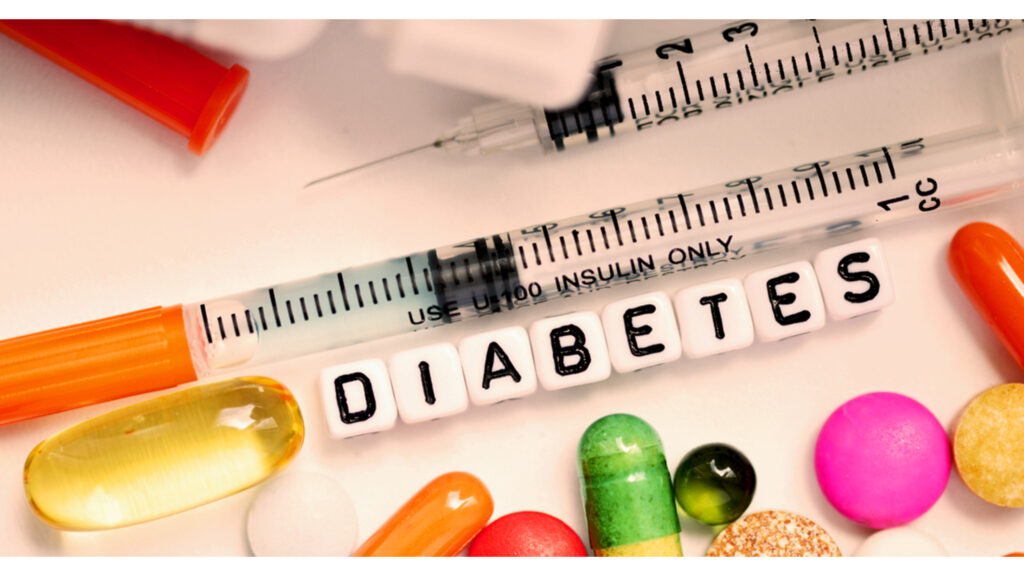
The first question you might have when considering Farxiga for weight loss is whether it's safe. While Farxiga is considered safe, it does have some risks and side effects. It is not recommended for women who are pregnant or breastfeeding. It should also not be taken by anyone under the age of 18 years.
Table of Contents
Results of a study on farxiga weight loss

Farxiga, a prescription drug used to treat type 2 diabetes, has been proven to be effective for some people in reducing their blood sugar levels. It works by blocking the enzyme SGLT2, which removes over 90 percent of sugar from the bloodstream. It can lower a person's hemoglobin A1c level by up to 0.9% after a twenty-four-week treatment period. However, it is important to remember that this medication should only be used in conjunction with a diabetes treatment program.
Although there is a risk of adverse effects, Farxiga has been approved by the U.S. Food and Drug Administration for the treatment of type 2 diabetes and other conditions. The results of several studies suggest that this drug may also be helpful in helping people lose weight. When used alone, Farxiga can lead to a modest weight loss, while in combination with other diabetes drugs, the weight loss is significant.
This drug is not recommended for people with type 1 diabetes, as it may increase the risk of diabetic ketoacidosis. It also may not improve blood sugar control in type 2 diabetics with kidney problems. However, it can reduce the risk of heart failure and kidney failure in people with diabetes.
If used improperly, Farxiga can cause diabetic ketoacidosis, which is a potentially life-threatening condition. When the cells don't get the glucose they need to function normally, the body begins to use fat as an alternative source of fuel. This causes the body to produce too many ketones, which causes the blood to become acidic. This condition can lead to death or coma.
There are several potential interactions with Farxiga. While the risk of developing hypoglycemia is low, the risk can increase if you're taking other diabetes medications. Therefore, it is important to monitor your blood sugar levels carefully. If you're concerned about the possibility of low blood sugar, you should talk to your healthcare provider about possible options.
Side effects of farxiga

Farxiga is a prescription drug in the sodium-glucose co-transporter 2 (SGLT2) class that is approved for use in people with type 2 diabetes. It reduces fasting blood sugar levels and hemoglobin A1c levels after 24 weeks of treatment. However, it is not without side effects.
Farxiga increases the risk of urinary tract infection, which can be serious. It is not recommended for use by people with a history of or a high risk of urinary tract infections. If you have kidney disease or are on blood pressure medications, you may also be at risk.
While Farxiga does improve blood glucose levels, it can cause side effects in people with high blood pressure. It can also cause the left ventricle to become weakened and not pump blood efficiently. For this reason, you should always consult your doctor before taking Farxiga. If you have a kidney condition, you may also want to consult your physician before taking this drug.
Another potential side effect of Farxiga is genital fungal infections. This occurs when extra glucose in the urine causes fungus to build up. It is more likely in women than men, and those with a history of yeast infections are at a higher risk. Fortunately, the symptoms are usually mild and can be treated with antifungal medications. Men, on the other hand, may experience penis or scrotum infections.
Other potential side effects of Farxiga for weight loss include an increased risk of diabetic ketoacidosis (a condition where the body stops receiving glucose but uses fat for energy). This condition can lead to too high blood levels and may even lead to a coma or death.
Women who are pregnant or breastfeeding should not take Farxiga. They should use another medication instead. Other drugs have more clinical data pertaining to the safety of pregnancy and lactation, and may be more suitable for the patient's particular condition. In addition, farxiga is not recommended for children younger than 18 years old.
Acute kidney injury is another potential side effect of Farxiga. The FDA issued a warning about the drug in June 2016, citing 101 confirmable reports of acute kidney injury in patients. Some of the patients required emergency hospitalization and dialysis. Although the drug has been on the market for a short time, these reported side effects have the potential to lead to serious health complications.
Diabetic side effects of farxiga

If you're looking for a way to lose weight, Farxiga may be the solution for you. Its active ingredient is the sodium-glucose cotransporter-2 (SGLT2) inhibitor, which works to prevent the body from absorbing too much sugar. Too much sugar is harmful, as it can lead to high blood pressure in the kidneys. Farxiga lowers blood sugar levels, which helps the kidneys eliminate excess sugar through the urine. This also keeps the kidney function from deteriorating.
Diabetics should consult with their doctor before taking Farxiga. Because it affects blood sugar levels, it may increase the risk of hypoglycemia. Therefore, people with diabetes should check their blood sugar levels more often. Their doctor may also change the dosage of their diabetes medications if they are taking Farxiga.
Farxiga is also associated with a higher risk of ketoacidosis. Ketoacidosis occurs when the blood sugar level becomes too high. If this happens, it's a medical emergency that requires immediate attention. People with Type 1 diabetes are at a greater risk of developing ketoacidosis when taking Farxiga.
Farxiga may cause an infection called genital yeast infection in men. Males should be aware of this side effect and report it to their doctor. It can also increase the risk of developing a urinary tract infection. One study found that 6% of Farxiga users developed a UTI while taking the drug.
Farxiga can lead to dehydration, which can make the side effects even worse. Signs of dehydration include decreased urination and thirst, lightheadedness, and fainting. The dose should be adjusted accordingly to reduce this risk. Also, Farxiga can cause diarrhea and vomiting.
Some people may experience erectile dysfunction when taking Farxiga. However, this complication is rare when used alone. Patients with type 2 diabetes are also at risk for erectile dysfunction, which is caused by poor blood glucose control. To reduce this risk, people should avoid alcohol and caffeine while taking this medication.
Another potential side effect of Farxiga is fatigue, which can occur when the drug is taken with diabetes. The medication may cause tiredness and weakness, but these are not permanent side effects. Patients should discuss any concerns they may have with their doctor.
Metformin side effects of farxiga

One of the potential side effects of Metformin is the increased risk of hypoglycemia. This is a condition that can cause tremor, sweating, and fast heartbeat. It also can lead to lightheadedness and fainting. Your doctor can advise you to avoid these side effects by maintaining a careful blood sugar level and exercising regularly.
Another side effect of metformin is that it can interfere with the way your brain interprets hunger cues. A study with 12 women with type 2 diabetes and obesity found that the metformin-treated group rated their hunger levels less than the placebo-treated group did.
Farxiga and Metformin can be used together to control blood sugar. The two medications work in different ways, but they both reduce the amount of sugar in your blood. Metformin is not approved for use in patients at high risk of heart failure or other cardiovascular conditions. Nevertheless, these medications can help you lose weight and maintain a healthy weight.
Farxiga also increases the risk of genital infections, especially yeast infections. In severe cases, these infections can lead to hospitalization. If you experience these side effects, you should contact your healthcare provider immediately. Symptoms may include pain during urination, itching, or redness around the genitals. Treatment may include antibiotics.
Another side effect of Farxiga is dehydration. This medication affects the sodium-glucose cotransporter-2 (SGLT2) channel in the kidney. When this happens, it prevents the kidneys from taking in excess sugar. This causes urine to become more concentrated, which leads to dehydration. The drug maker recommends that you drink plenty of water while taking Metformin and Farxiga.
Some people with type 2 diabetes may experience ketoacidosis when they take Farxiga. This condition is dangerous and can lead to death. Ketoacidosis can occur when the body produces too many acids, called ketones. This process can cause the blood to become acidic, and it can be life-threatening. People who suffer from diabetes and are consuming too few calories are at increased risk for this condition. Ketoacidosis symptoms include thirst, headaches, nausea, and vomiting.
Metformin has been shown to be effective for weight loss in people with type 2 diabetes. The drug has been studied in patients with heart failure, chronic kidney disease, and diabetes mellitus. Its efficacy and safety profile in these conditions have been consistent across studies. Its side effects in patients with type 2 diabetes are mild to moderate, and only a small percentage of patients have severe side effects.










